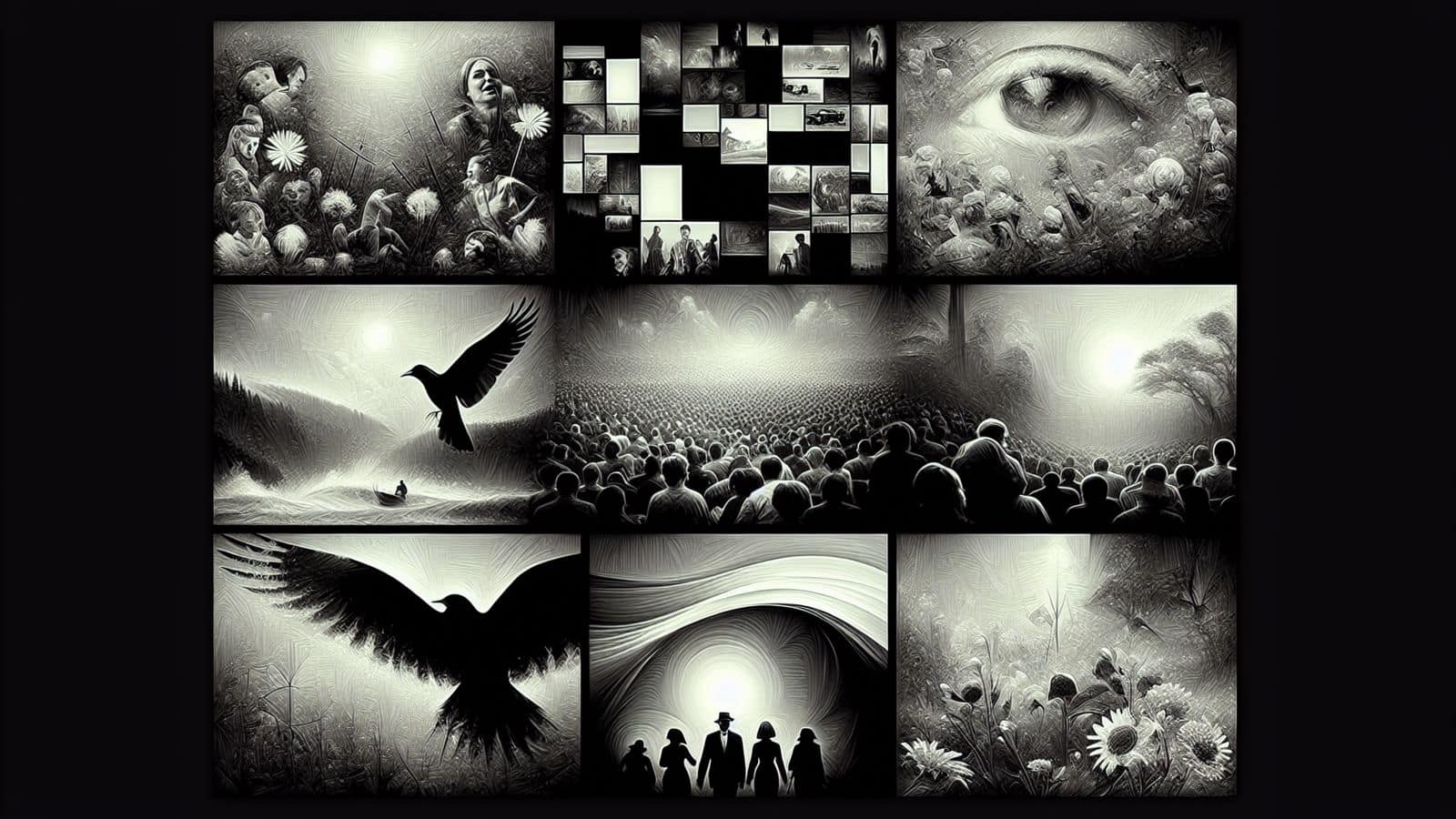
Shades of gray: The most unforgettable monochrome films
What's the story
Monochrome films possess a timeless aesthetic that can significantly enhance the narrative and artistic expression within cinema. This compilation celebrates five exemplary films that showcase the mastery of black-and-white cinematography. These selections demonstrate how the deliberate absence of color can create a complex spectrum of shades and textures, contributing to a visually rich and emotionally resonant cinematic experience.
Film 1
'Schindler's List'
Steven Spielberg's Schindler's List (1993) is a poignant historical drama. It masterfully employs monochrome visuals to draw a stark contrast between the harrowing darkness of the Holocaust and the enduring light of human compassion. The film's evocative black-and-white imagery serves as a powerful historical reminder, while emphasizing the profound emotional depth and intricate moral complexity.
Film 2
'Eraserhead'
"David Lynch's Eraserhead (1977) stands as an avant-garde masterpiece, navigating through a series of surreal landscapes and echoing industrial soundscapes. The film's commitment to a monochrome palette not only accentuates its dream-like ambiance but also forges an atmosphere that is simultaneously unsettling and wholly captivating. With its stark, haunting visuals, Eraserhead has secured a permanent place in the annals of cult cinema.
Film 3
'The Man Who Wasn't There'
The Coen Brothers' The Man Who Wasn't There (2001) stands as a neo-noir gem, reverently nodding to the classic film noir era with its sharp black-and-white cinematography. Utilizing the interplay of shadows and light, the film weaves a visually stunning tale brimming with intrigue and moral ambiguity. It is a showcase of the genre's timeless aesthetics within a modern context.
Film 4
'The Artist'
The Artist (2011), crafted by Michel Hazanavicius, stands as a heartfelt homage to the era of silent films, amidst Hollywood's pivotal shift to sound. Its deliberate monochrome aesthetic not only stirs a sense of nostalgia but also plays a critical role in its narrative allure. Garnering an Oscar, the film exemplifies how monochrome visuals can seamlessly connect different periods in the evolution of cinema.
Film 5
'Roma'
Alfonso Cuaron's Roma (2018) is a visually arresting masterpiece, weaving an intimate story amidst the political turmoil of the 1970s Mexico City. Entirely shot in black and white, the film employs monochrome to craft stunning compositions that blend poetic beauty with stark realism. It offers a modern interpretation of classic filmmaking techniques and establishes a new benchmark for visual storytelling.